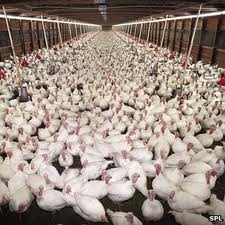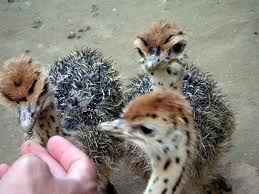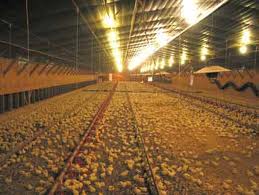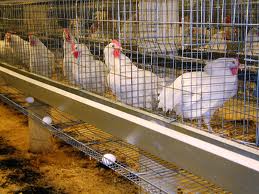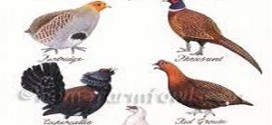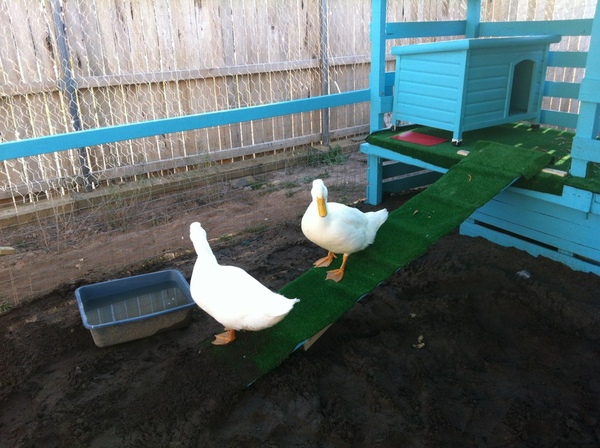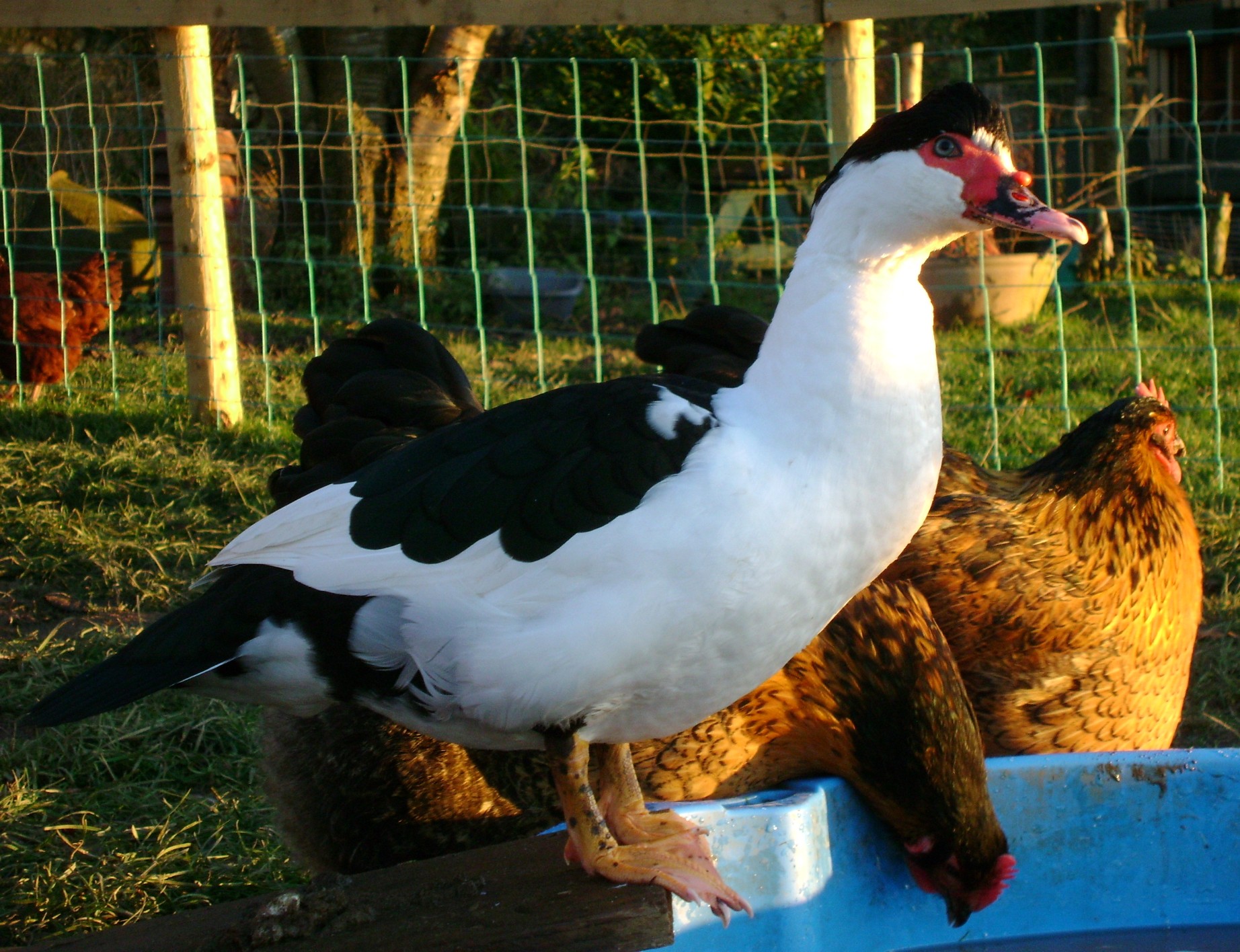The bird Turkey, for many is only known as the festival bird. I would like to share a very interesting fact over here – National Turkey Federation (NTF) has mentioned in their publishing that 95% only prefer turkey meal on Thanksgiving occasion. It is also estimated that during this particular time, 46 million festival birds are consumed. This in …
Read More »Types Of Poultry
Ostrich Physical Chracteristics And Marketing
Ostrich is the recently domesticated bird. Ostrich is the largest known bird and some scientists believe that the present bird developed from ancestors that were capable to flight. The ostrich of today cannot fly, but does run well and is capable of speeds of 50 miles per hour with strides of 15 feet (for very large bird the stride may …
Read More »Turkeys Brooding And Raising Guide
Raising of Turkeys Turkeys are not popular in ASIA. Its cause may be ignorance about their nutritive value or disliking for their eggs and meat. In Western countries mini (smaller size) turkeys which are finished around 12-13 weeks weighing 4.7 kg and midi (medium size) turkeys, finished around 15-16 weeks weighing 6-7 kg are becoming popular nowadays. Like broiler, smaller …
Read More »Brooding And Rearing Of Ostrich Chicks,Poultry Management Guide
Brooding and Rearing The brooding period is a very critical time and can be a time of high mortality, if proper management is not used. The brooding arrangement must protect chicks from predators and inclement weather . The arrangement should be sanitary, dry and well-ventilated. The floor pen must be rough enough to provide firm footing for the chicks. Not to cover …
Read More »A Guide To Brooding Chicks ,Rearing Of Baby Chicks
CARE AND MANAGEMENT OF CHICKS This is also known as brooding management. In case of layer birds, rearing chicks from day-old age to 7-8 weeks are usually reared in brooder houses and then transferred to grower houses, whereas in case of broilers even after 3 weeks of brooding, they are reared in the same house by increasing space and other …
Read More »Poultry Layer Management,A Guide To Optimal Egg Production
MANAGEMENT OF LAYERS Maximum hen-housed egg production with fair egg size, feed efficiency and minimum mortality are the prime goals of layer farming. Beside good genetic make up of bird, management during laying plays an important role to achieve the above-mentioned targets in egg production. Following are the vital aspects of efficient layer management: Segregation and Transfer of Pullets Ready to …
Read More »BREEDING OF POULTRY
Genetic composition is a major factor which governs the productive performance in variousaspects of livestock. About 80 per cent performance of poultry is dependent on genecomponents and 20 per cent on environment component in exploiting genetic potential to itsmaximum possible extent. Basically if birds are of poor genetic make-up, whatever may bethe highly scientific management conditions prevail, they may not …
Read More »4 Basic Types Of Poultry
4 Basic types of Poultry Poultry is divided into a number of different categories and classes. In the olden days, there were a few kinds of poultry, but now with the advancements in technology a number of other classes have emerged ranging from squab to goose and many more. These types of poultry have their own role to play, especially …
Read More »Housing of ducks-considerations for building duck pen
If you have ducks as pet, you will need to take proper care of them while examining their way of living. Ducks need to have a secure place where they can live and can be safe from any predators and it is easy to clean their housing area. Ducks do not prefer spending time inside their housing area as they …
Read More »Raising Chicken And Duck Together
Ducks vs chicken and chicken vs ducks. Even though ducks and chickens are a lot a like in some ways, they are also very different in others, and it is this difference that does prompt the question of is it wise to be keeping ducks with chicken? Well, the answer to this question does vary in response, and it also …
Read More »

